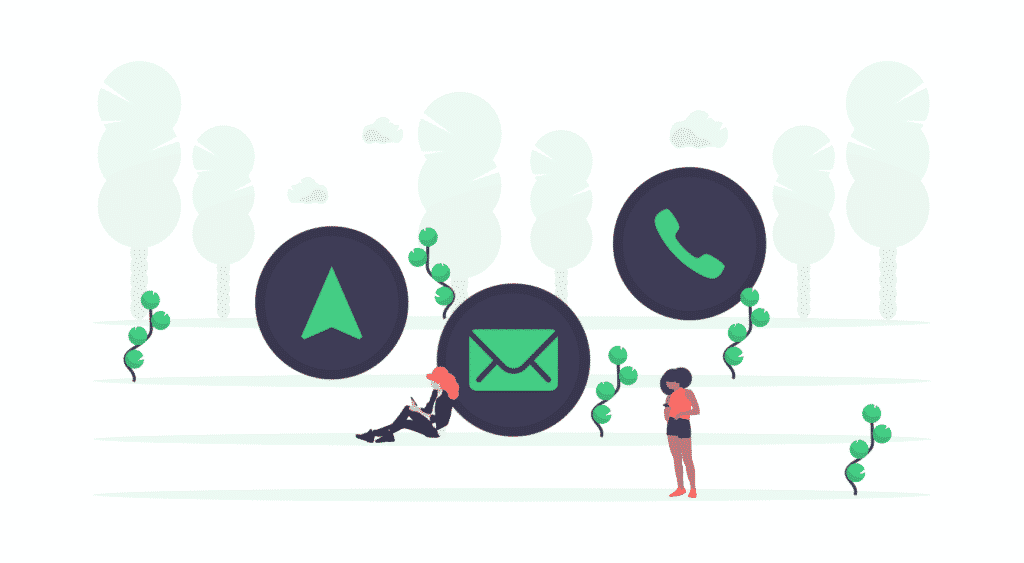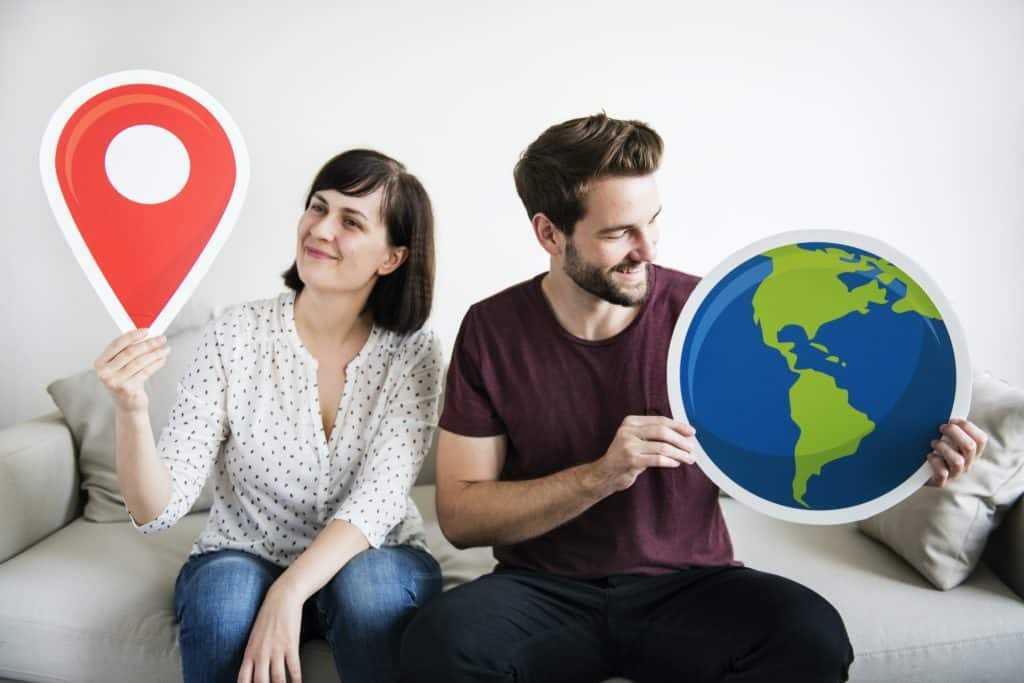
Carlos Crameri
How To Geotag Your Images For SEO
Geotagging is linking geographical coordinates to your images, videos, website, or any social media content. It helps users and search engines to know the geographical location of a site. It’s basically assigning longitude, latitude, or geographical metadata to optimize your specific pages on local search engine result pages.
With the ever-changing algorithm and analytics of search engines, it’s important to geotag your web data along with using keywords to increase your targeted traffic.
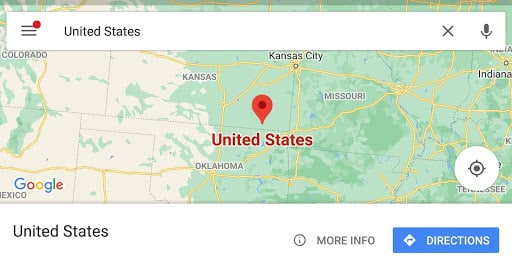
Geotagging is an integral part of the image optimization process. To form a digital presence with images creates a sense of trust among the web.
Why Should You Geotag a Post?
To bring more targeted and higher converting traffic to your site! Businesses often forget or simply don’t know the importance of geotagging their images on their website. Geotagging images is a brilliant and powerful tool for optimizing local searches.
Getting local traffic on your website increases local sales, which will create an image among customers through word of mouth promotion.
With the increased use of smartphones and google searches, customers want to narrow down those hundreds of search results that are useful and pertinent to their needs. So if you don’t geotag your images, you wont rank higher in these specific search results.
How To Geotag Images for SEO?
- There are many online tools to help you geotag an image, like Geoimgr .
- Find Your Business Coordinates on Google My Business. (Right-click on your map marker)
- Upload your image
- If the image already has a location, it will show on the map.
- Option but recommended amplifying SEO by adding additional EXIF tags.
- After EXIF tagging, your geotagged image is ready to be downloaded and used for your business site.
- Major SEO Tip – Use these geo tagged images when signing up on relevant directories for your business, Google my Business, social media (Like Snapchat, Instagram etc…), press release distribution companies etc…Here are some of the top business listings for startups organized by domain authority and top press release distribution companies.
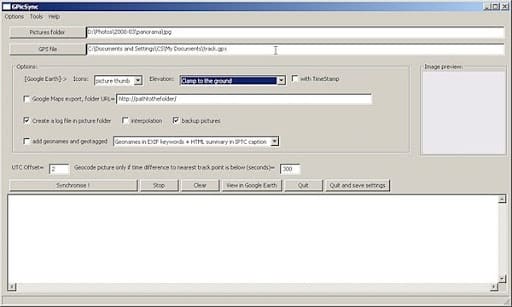
Enable GPS to images: Smartphones are now all enabled with GPS. So make sure at the time of taking pictures, they are all GPS enabled. This automatically adds the location and geographical coordinates to your image.
Proper sizing, formats, and compression: Make sure your image is on the right specification, the right format, jpg, mpg, etc..e. If the size is bulky, then compress it and upload with free sites like: compressor.io. Large size images slow down a page. Aim for less than 100kb if possible on images. Videos can also be compressed. You should aim for at the very least less than 3 mbs per video. Freeconvert is a great site for video compression.
Uploading on relevant pages: So is it essential to upload geo tags on all pages of your website? Hell no. You should upload geo tagged images only on relevant pages such as homepage, contact page, testimonial page, and wherever you want your audience to connect with your brand through the image.
Placing an image: Generally, human eyes designed physically and psychologically to read from left to right. So placing an image on the left side of your page will attract the reader’s attention and keep them engaged on your site.
Add captions: Captions help users better understand an image (not mandatory).
Alt-text refers to an alternate text in your image, which greatly helps search engines locate your image. It adds up in HTML format to the image. It is a crucial SEO tool. Let’s take an example; when you store an image on your device’s, it generally gets stored as a random name like “01234.jpg”. If you upload this image without putting an alt text, search engines won’t identify with it.
But if you rename it as ” lavender essential oil,” then search engines capture this text, telling them more about what the image is. This also helps when a page doesn’t load fast, the image may not be visible, but the text is visible. This helps the viewer know the image.
HTML code to manually add the alt text
<img src=”essential oil.gif” alt=”lavender essential oil>
Compatible images: With users using numerous devices and browsers, such as android, iOS, Chrome, computers, etc… Make sure your image is compatible with all kinds of devices.
What Should Be The Format Of The SEO Image?
You can make use of Google’s newly designed image formatting tool, “WebP.” It is a new format that provides us with superior lossless and lossy compression for images. It helps in developing smaller, richer images that make the web faster.
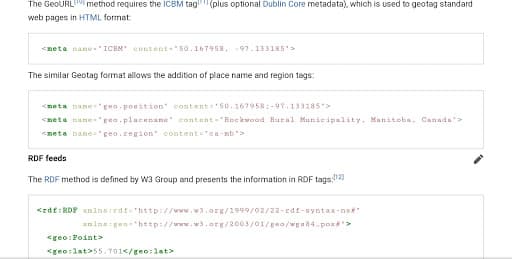
Per statistics, in size comparisons to png images, WebP lossless images are 26% smaller in size. Additionally, compared to jpeg images, WebP lossy images are 25-34% smaller at the equivalent SSIM quality index.
Keep In Mind Your Privacy
Considering we are in the age of digitalization, your privacy is more important than ever. As most of our life and business is put up widely on social media, keep in mind, to not add exact coordinates. Only near to accurate location is suggested (city, county, region…depending on your target audience and keywords).
Final Words
It’s incredibly vital to use geotags in your images to boost local SEO searches. Locating or identifying a business in a particular place helps to boost sales tremendously.
Google accounts for nearly 80% to 90% of global online searches. Studying the methodology of these search engines for optimized images and content will add longevity to your online presence. You are indirectly solving your purpose to start a business and convert leads into customers and later sales.
With approximately 50,000 online searches conducted every minute, it is critical to do all you can to gain visibility or you’re wasting so many possible sales. There are over 200 different SEO factors out there that help increase your site’s visibility and we assure you the competitors on page one are using these methods.
Apparently on average, out of every 10 Google searches, at least 6-7 turn into customers. So, having a highly optimized website and getting it geotagged is a game-changer in assessing the benefits it provides you with. Give us a call if you’re needing to work on your onsite SEO and funnel more traffic your way.
It's Time to Use REAL SEO Specialists
Tell us about your project
Whether you’ve been screwed by SEO agencies in the past or simply want to start for the first time, we’d love to find the right strategy and goals from the start and get your business ranking asap.
Start Ranking on Google | Rebuild Your Site
Contact Our Team!
Send us a message below or book a call with our team!
Our Five Star Reviews on Trustpilot, Clutch and Google Speak for Themselves.






